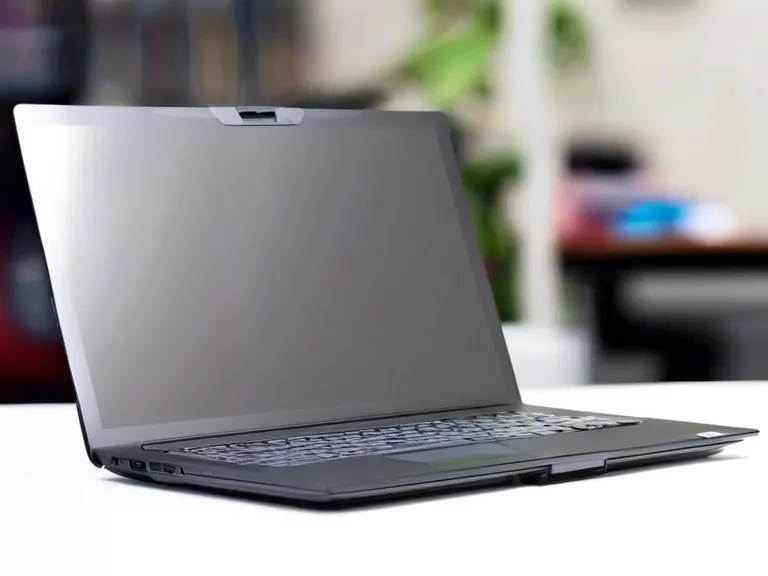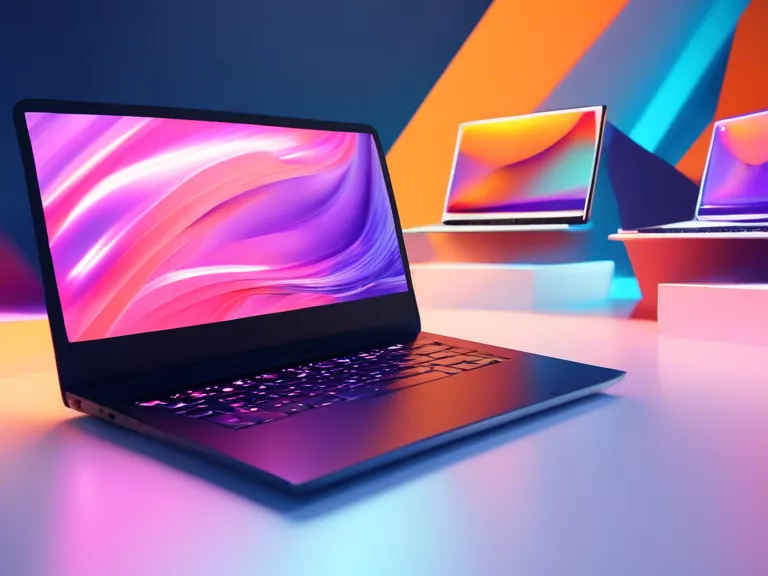
In the ongoing battle for dominance in the world of laptop processors, two key players have emerged as major contenders: ARM and x86. These two architectures have been at the forefront of the tech industry for years, each with its own set of strengths and weaknesses. As more and more consumers demand powerful and energy-efficient laptops, the competition between ARM and x86 has never been fiercer.
ARM processors, based on a reduced instruction set computing (RISC) architecture, have long been favored for their energy efficiency and performance in mobile devices. Known for their low power consumption and impressive battery life, ARM processors are a popular choice for smartphones and tablets. However, ARM is making a push into the laptop market, with companies like Apple using their custom ARM-based chips in their latest MacBooks.
On the other hand, x86 processors, based on a complex instruction set computing (CISC) architecture, have traditionally been the go-to choice for laptops and desktops. Developed by Intel and AMD, x86 processors are known for their raw computing power and compatibility with a wide range of software. While x86 processors have historically been less power-efficient than ARM chips, recent advancements have narrowed the gap significantly.
The battle between ARM and x86 is not just about raw performance or energy efficiency. It's also about ecosystem and compatibility. While x86 processors have been around for decades and have established a robust software ecosystem, ARM processors are quickly catching up, with more and more developers optimizing their software for ARM-based devices.
In the end, the future of laptop processors may be a mix of ARM and x86 technologies. With ARM closing the performance gap and x86 improving energy efficiency, consumers can expect a wider range of laptops to choose from in the coming years. Whether you're a power user looking for raw performance or a road warrior in need of long battery life, the battle between ARM and x86 is shaping up to be a win-win for consumers.



